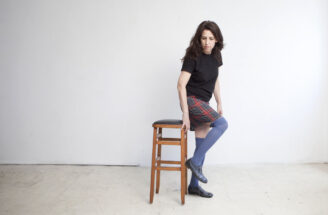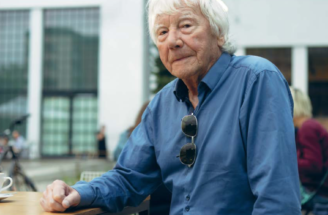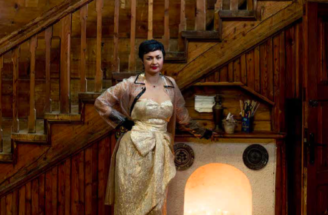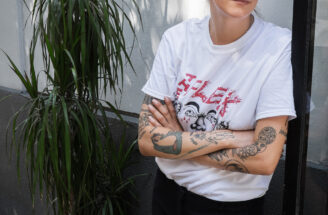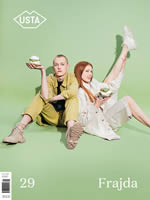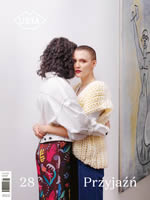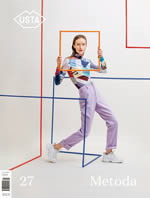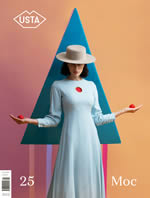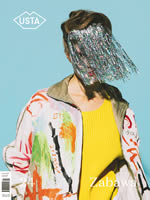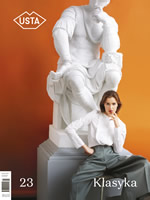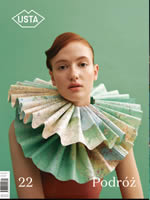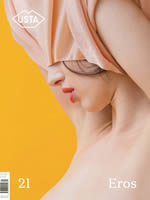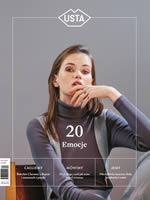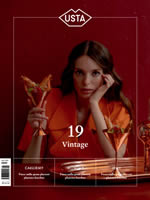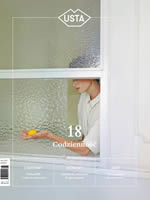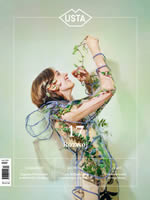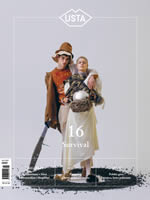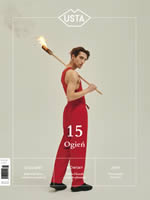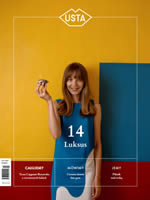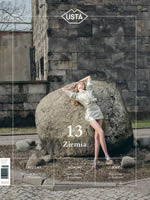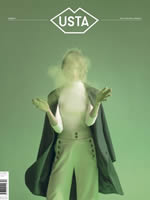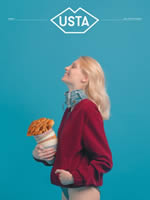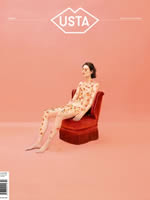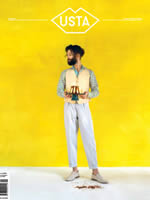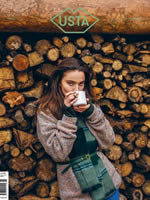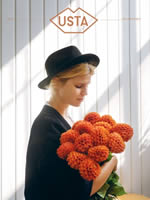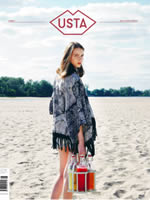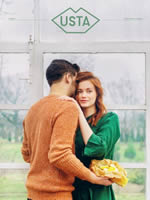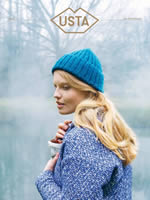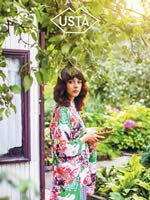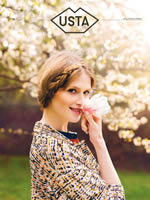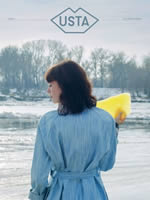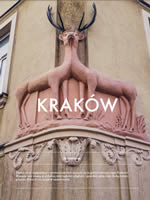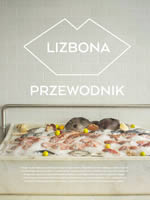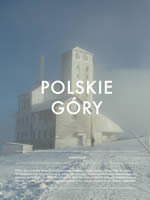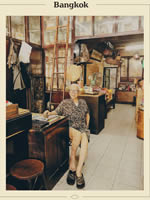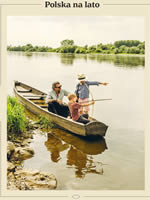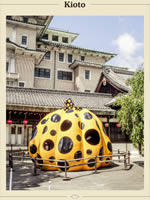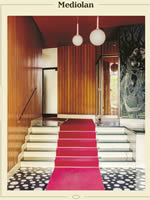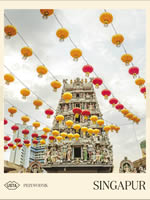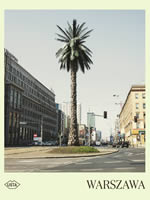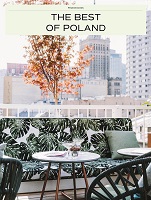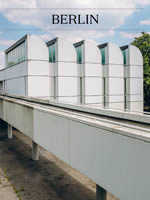USTA: Ebru, marquetry are quite rare techniques, why do you use them?
KK: As a child I loved to discern shapes in a variety of surfaces. A globe, linoleum and walnut veneers of an old closet were a true treasury of them. I saw there fauna and flora, and continents to this day have shapes of portraits for me. Both techniques are based on the natural properties of water and wood. Ebru is a water monotype, which with the help of paint helps you see and save the properties of liquid. It’s great, that additionally you can use colors. In the fragments of veneers I am looking for the same thing: the ideal shape, size, color, something that will fit the concept. It just must be in a piece of wood. I look for it until I find it. I’m stubborn. Then I cut the selected fragments and glue them in new forms. Then everything is clear. This is what I like the most in those techniques. In psychology, this tendency of searching for shapes has a name: pareidolia and it is a natural tendency of the human brain.
USTA: What is the most difficult in these processes, how did you master this craft, someone gave you some tips?
KK: I like challenges. And when I know that I want to achieve a particular effect at work I have to find a way to get through the difficulties and complete the plan. I don’t like to give up, so by trial and error I explore the secrets of the craft. Of course I ask specialists, look through old books, I find on the internet various enthusiasts and all this gathered information is very helpful in implementing the plan. I feel immense satisfaction when I manage to reach the goal.
USTA: Both of these techniques require a lot of patience, like building a 3D photo from paper cubes – from our perspective it’s almost like meditation. How much time do you spend in the studio? Do you need then a total silence? Do you listen to some music or radio?
KK: Creating is such a state of meditation, and such techniques require patience. It’s a bit like building a mandala. Patiently, step by step you apply all these elements. Sometimes it takes a really long time. In today’s world, devoting a few weeks to perform manual labor of the size of meter by meter sounds like madness. And yet I feel that I have to do it.
I like listening to music or audiobooks, if I make some mechanical action like gluing boxes, but if I have to listen to my own thoughts, turn off everything and concentrate.
This meditation allows me to intuitively explore the most important points for further work.
Then, when I already know what I’m doing, I like listening to music. Various types.
USTA: In your everyday life you do scenography.
KK: The opportunity to make some interesting stage design by using those techniques doesn’t happen often, but sometimes, when I have the opportunity to be an “art director” of a photoshoot I can use interesting solutions like in the Campaign for Fair Trade when I was composing a huge collage of clothes, toys or coal, or when I was working together with Szymon Rogiński for Anna Kuczyńska. The whole team was realizing my crazy vision of gluing hundreds of blocks of paper. These ideas fall into my mind with great lightness, but the execution takes a lot of patience.
I undertake these tasks and realize them consistently.
USTA: We know that you are planning to release a children’s book. Can you reveal what will it be?
KK: The story emerged in bedtime stories for our son when he was little. The success of the story encouraged me to write it and do illustrations. The techniques I used are: marquetry and collages of handmade ebru paper and others. It’s a universal story about a big advertising balloon. I won’t reveal details of the book, I will say that there’s a lot of my personal story about the choice of freedom, quitting my job in the advertisng, “breaking the leash” and courage in following what I’ve always wanted to do in life, creating illustrations.
USTA: We know that you’ve been working on food design, on culinary photo shoots, and to this day in your kitchen you create delicious ramen, okonomiyaki or sushi. So also quite intricate designs. The food is like art, must take a little time?
KK: Food is probably just a different kind of creativity. In addition, it engages almost all senses. Our kids love sushi and ramen, this is due to Szymon, who is a master when it comes to Japanese cuisine. Every day we cook dishes that can be done quickly. There is often a dish that has the lightness of a quick sketch and is perfect, and sometimes we prepare a feast all day. Both has their own charm.
www.ikakok.com

WATER AND WOOD

